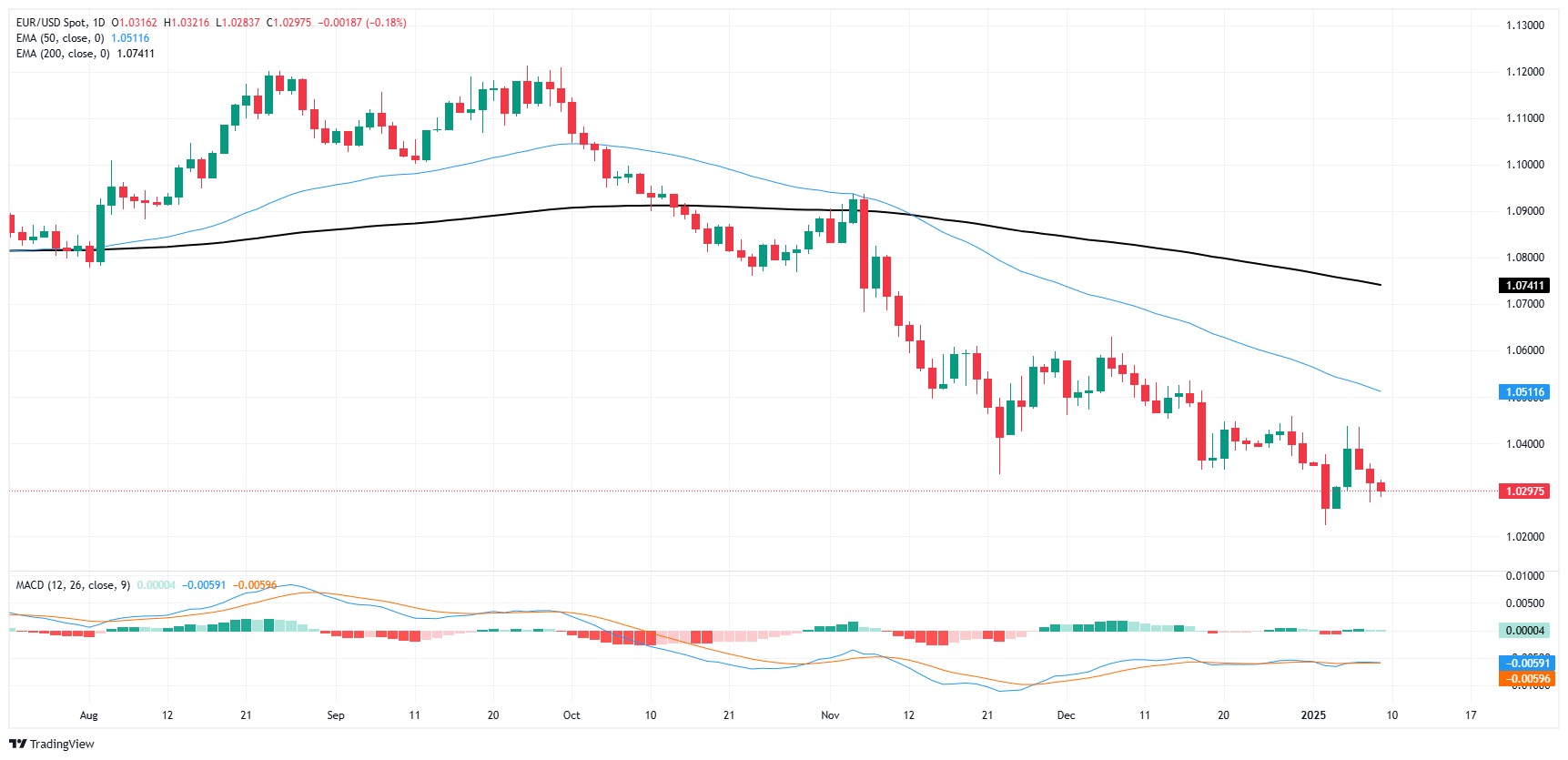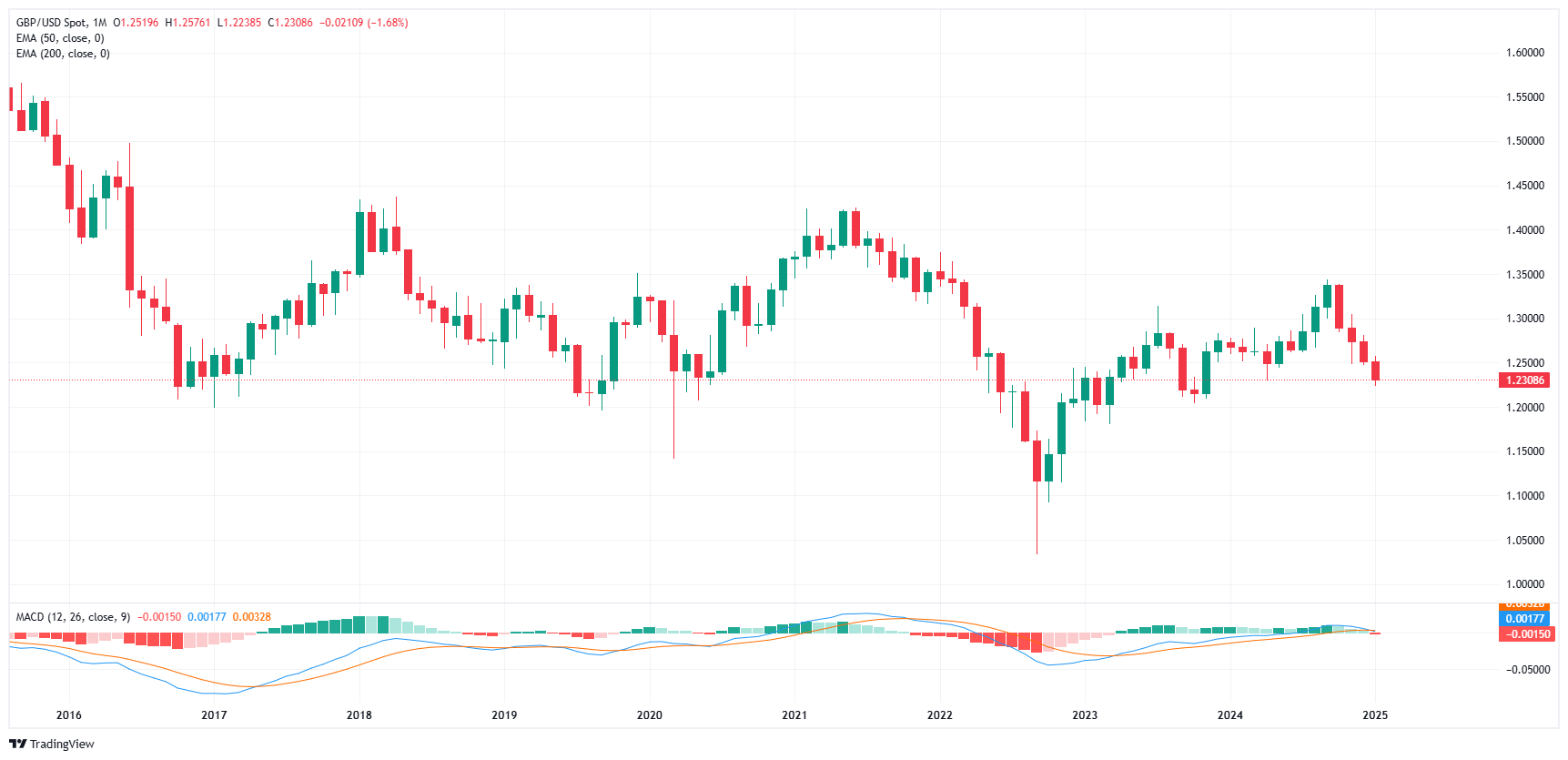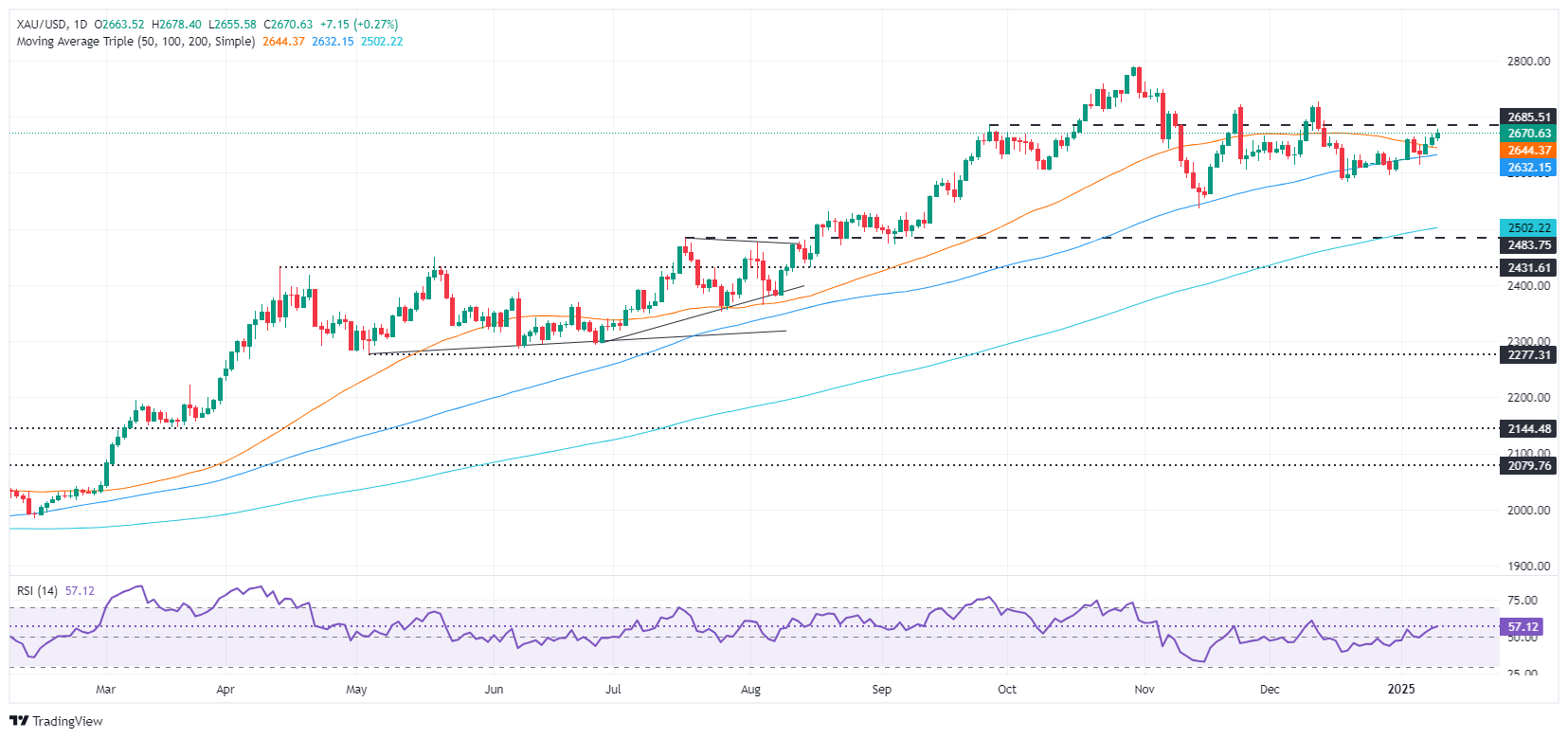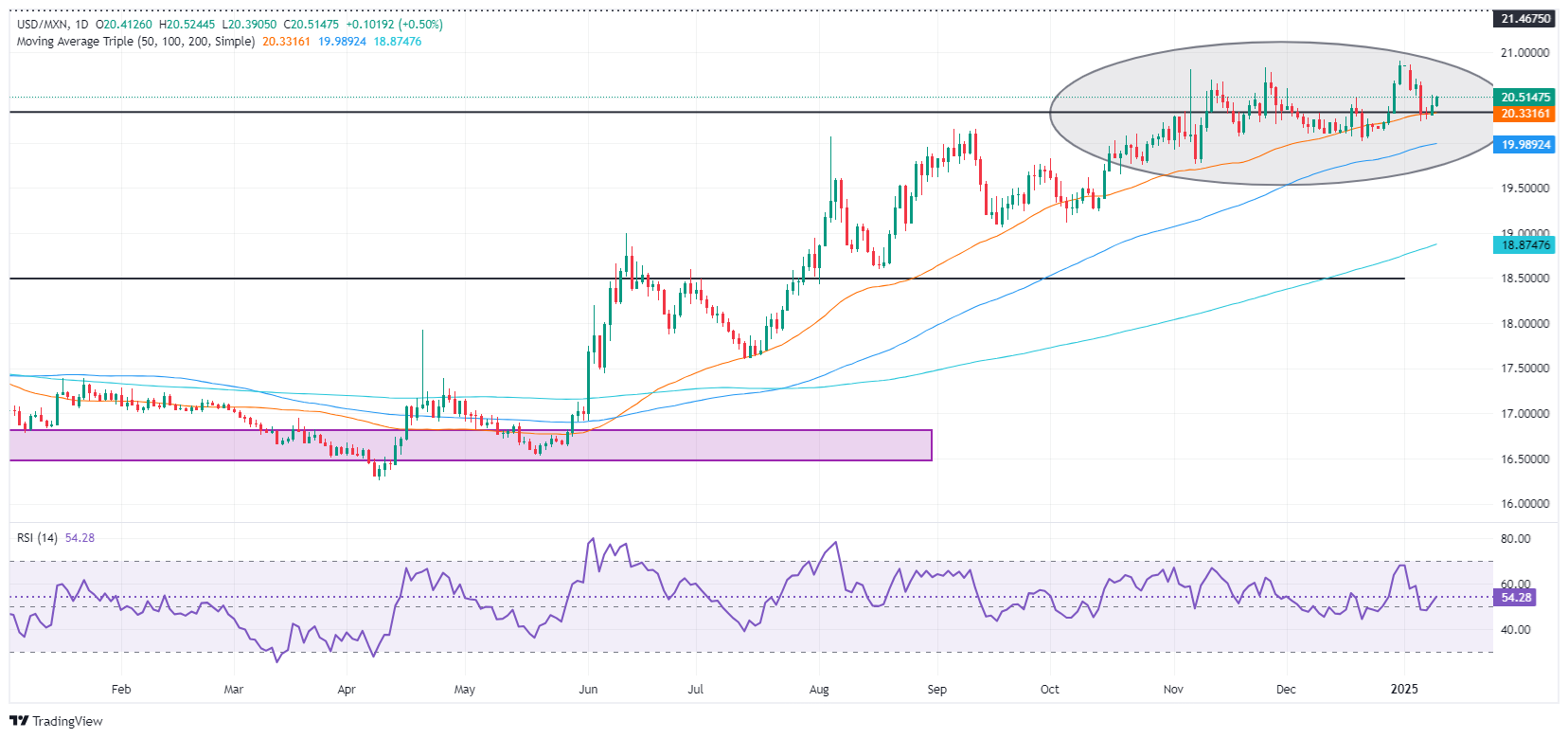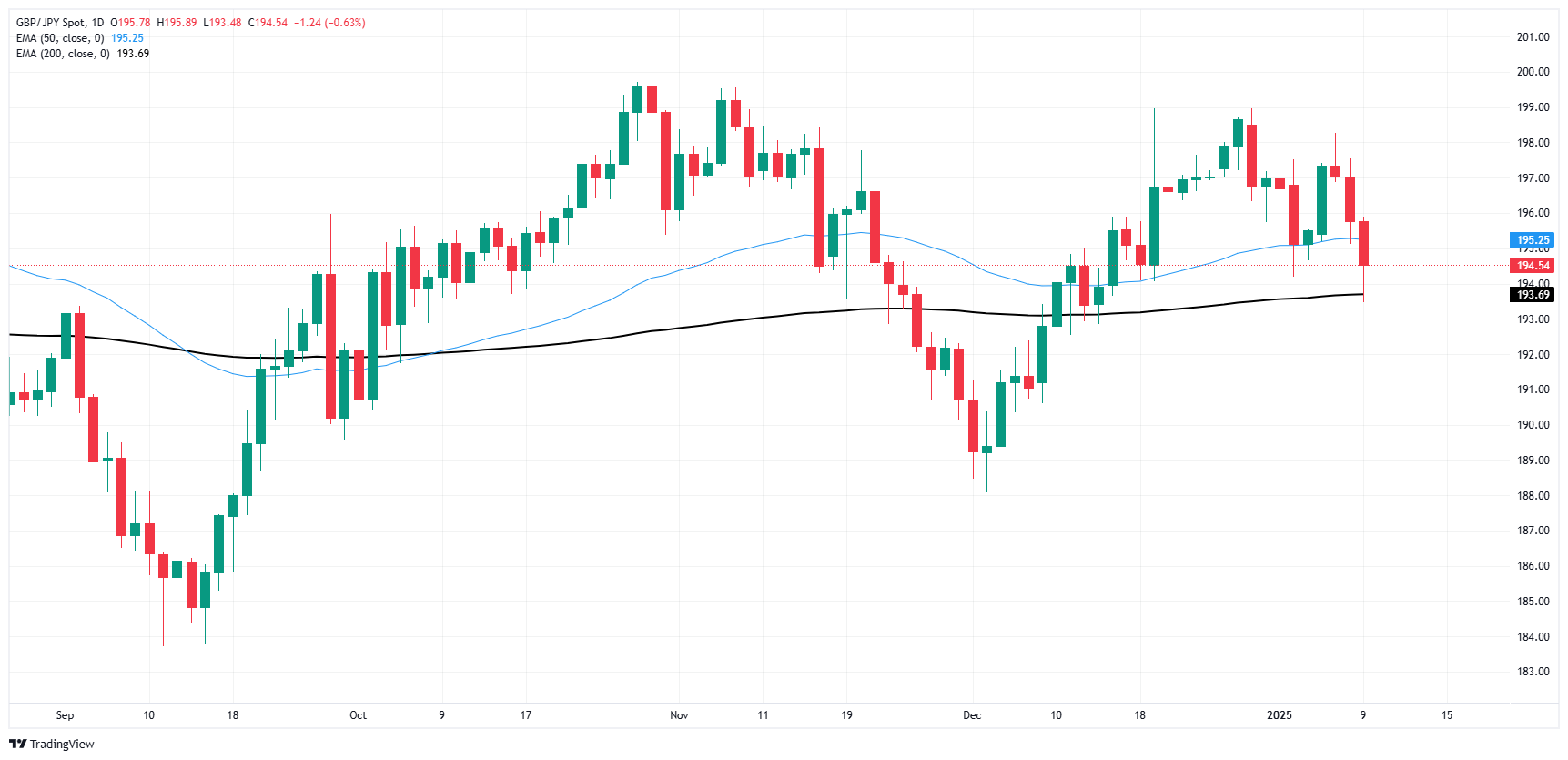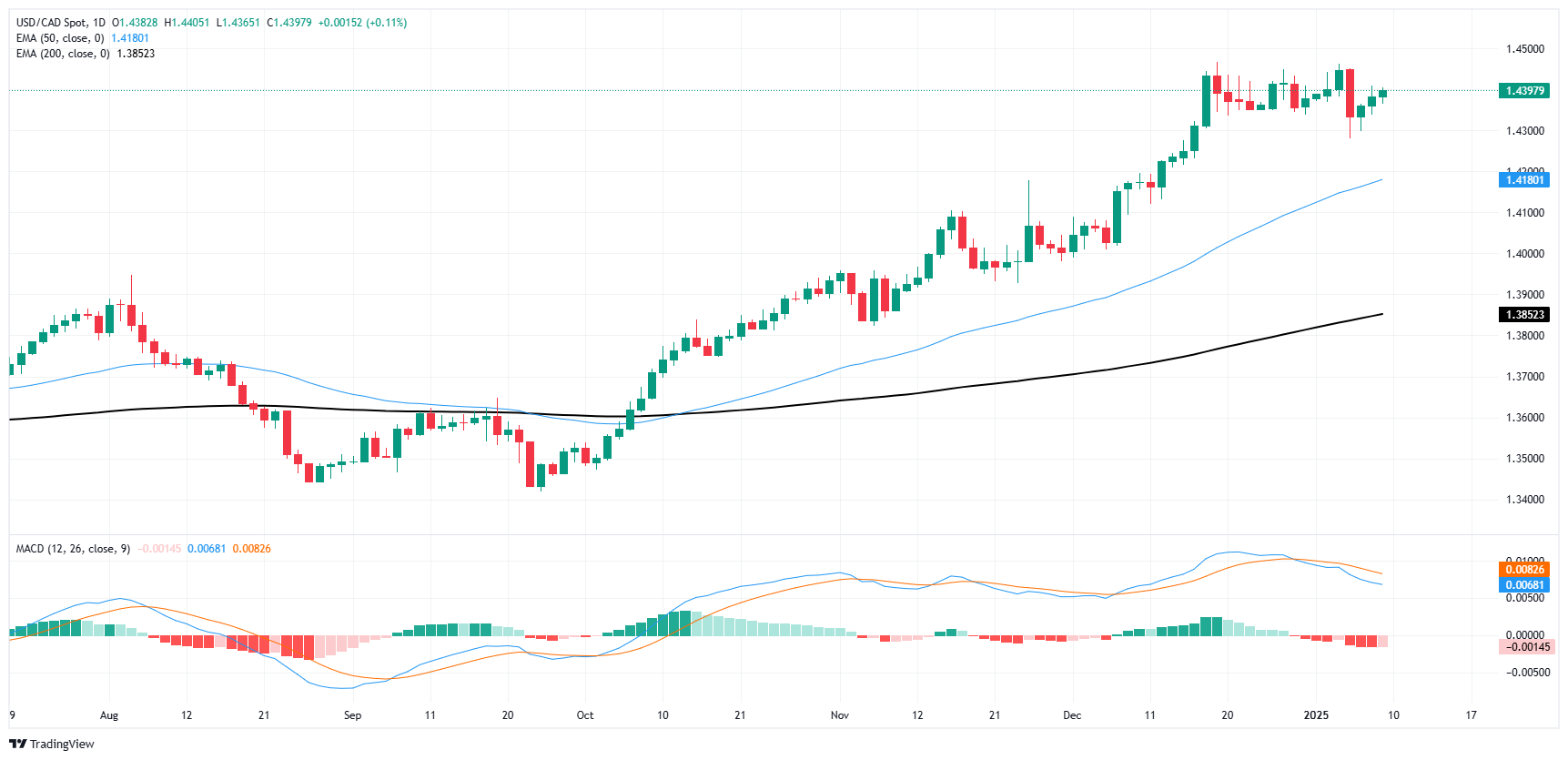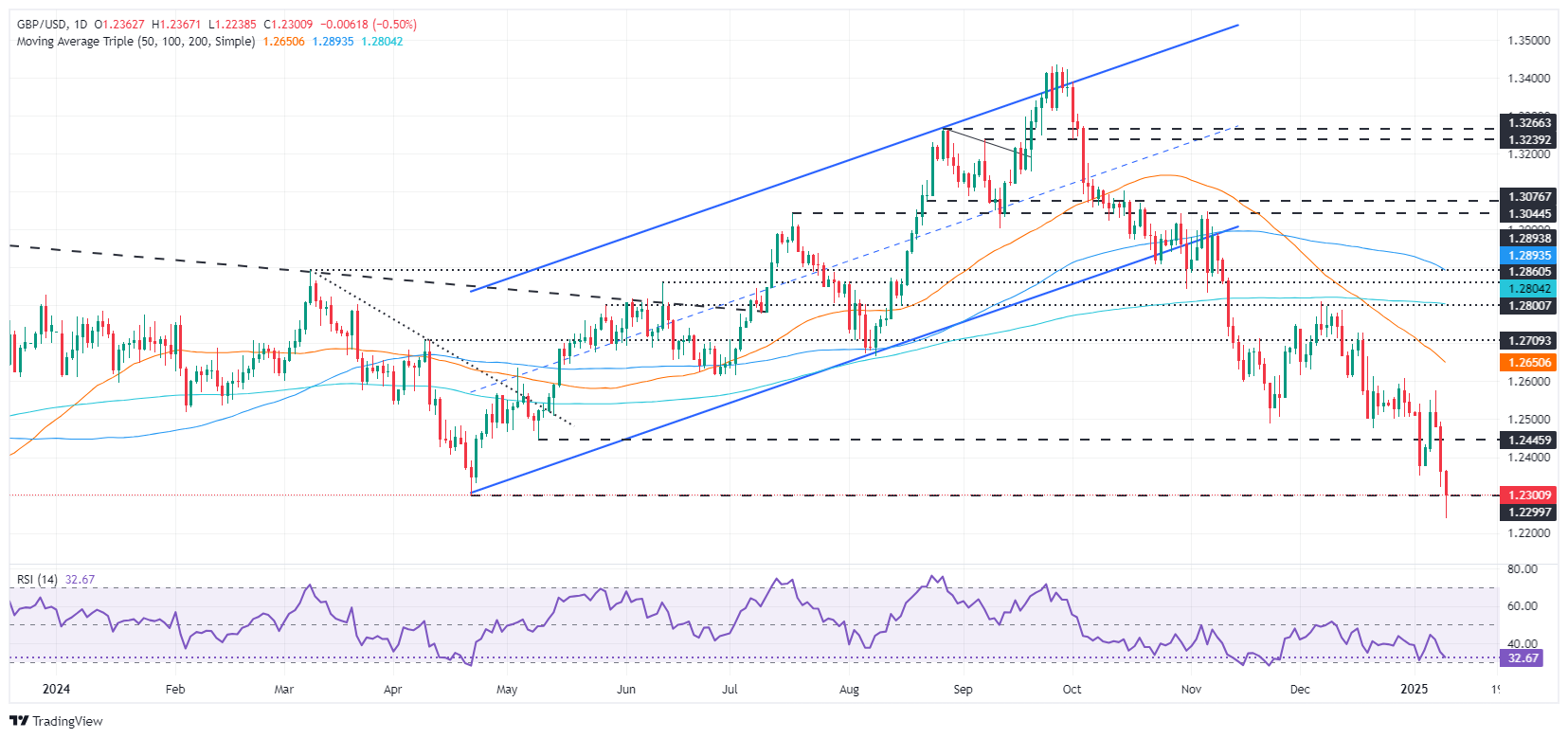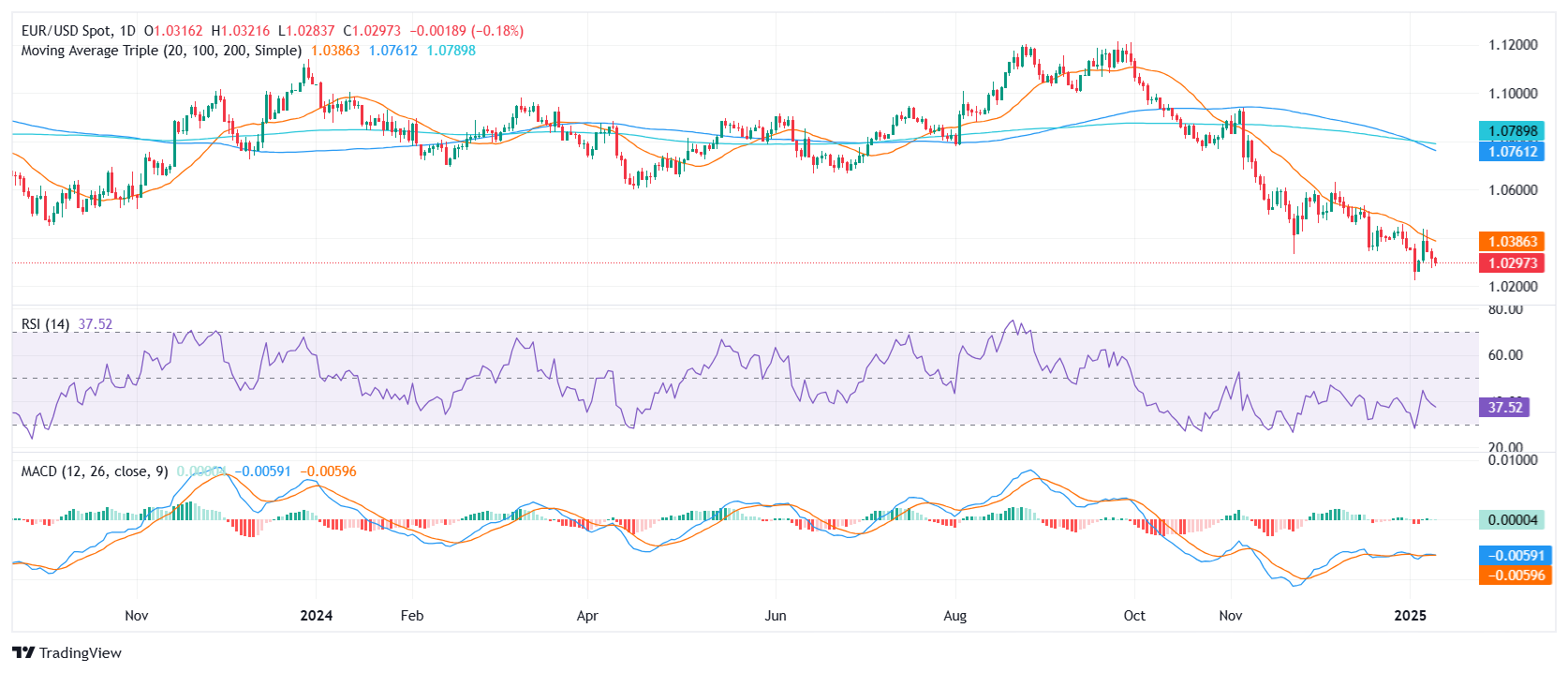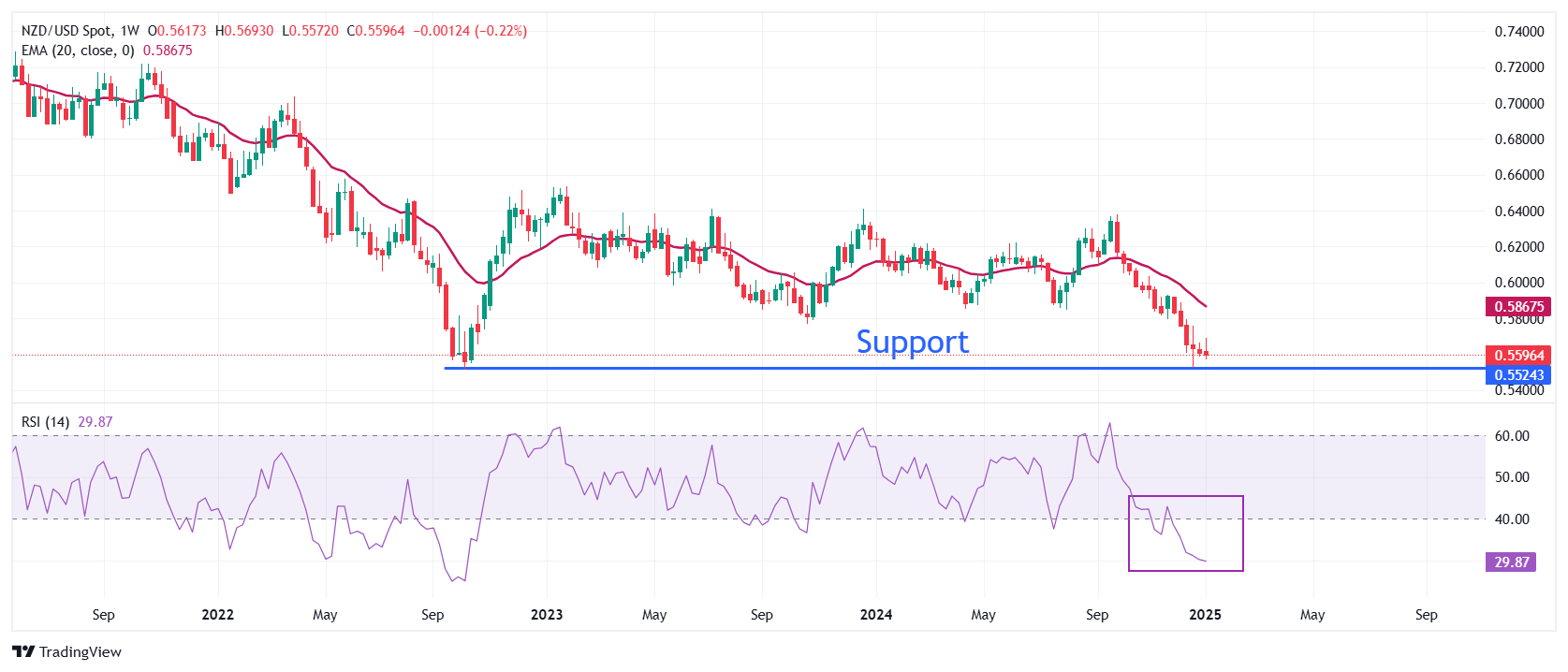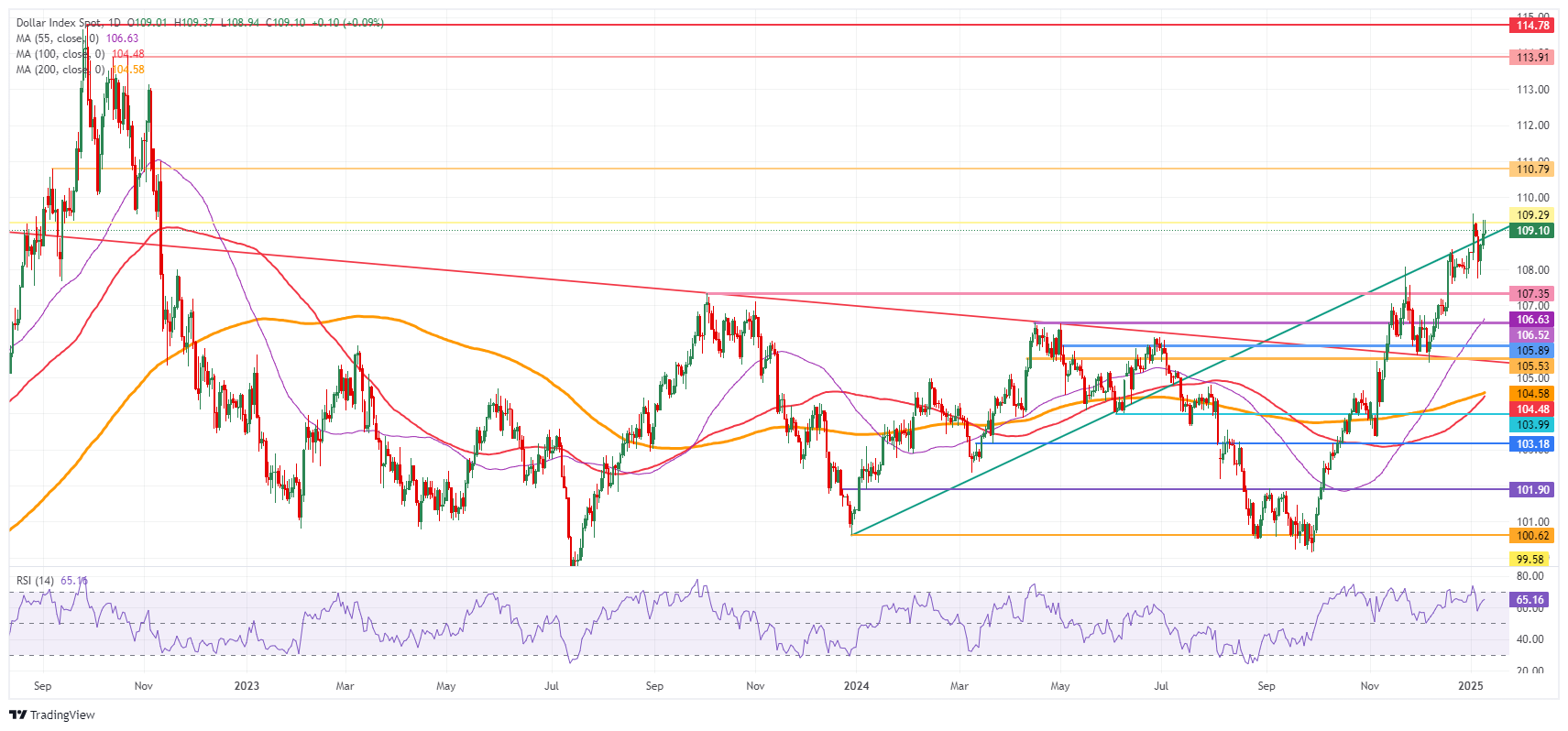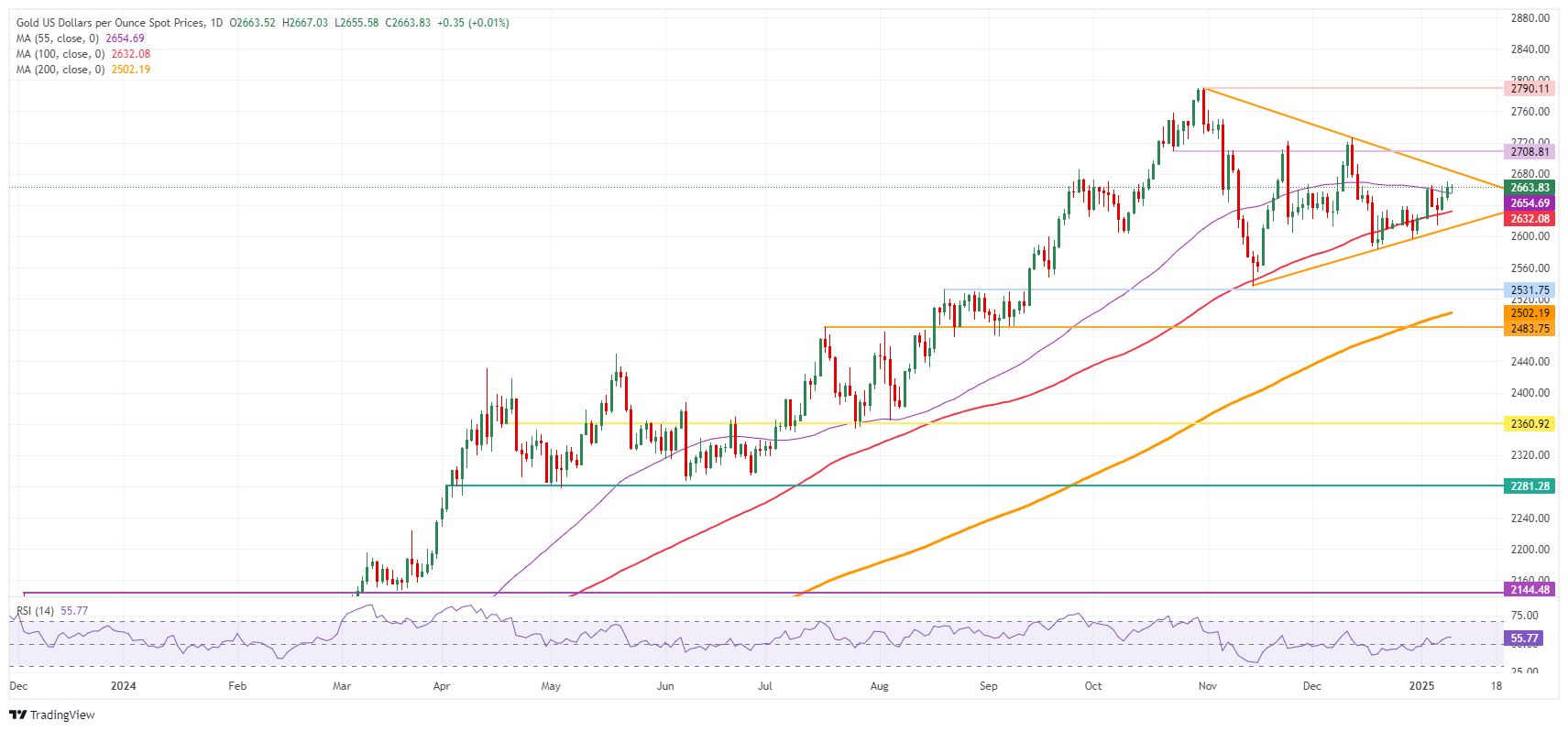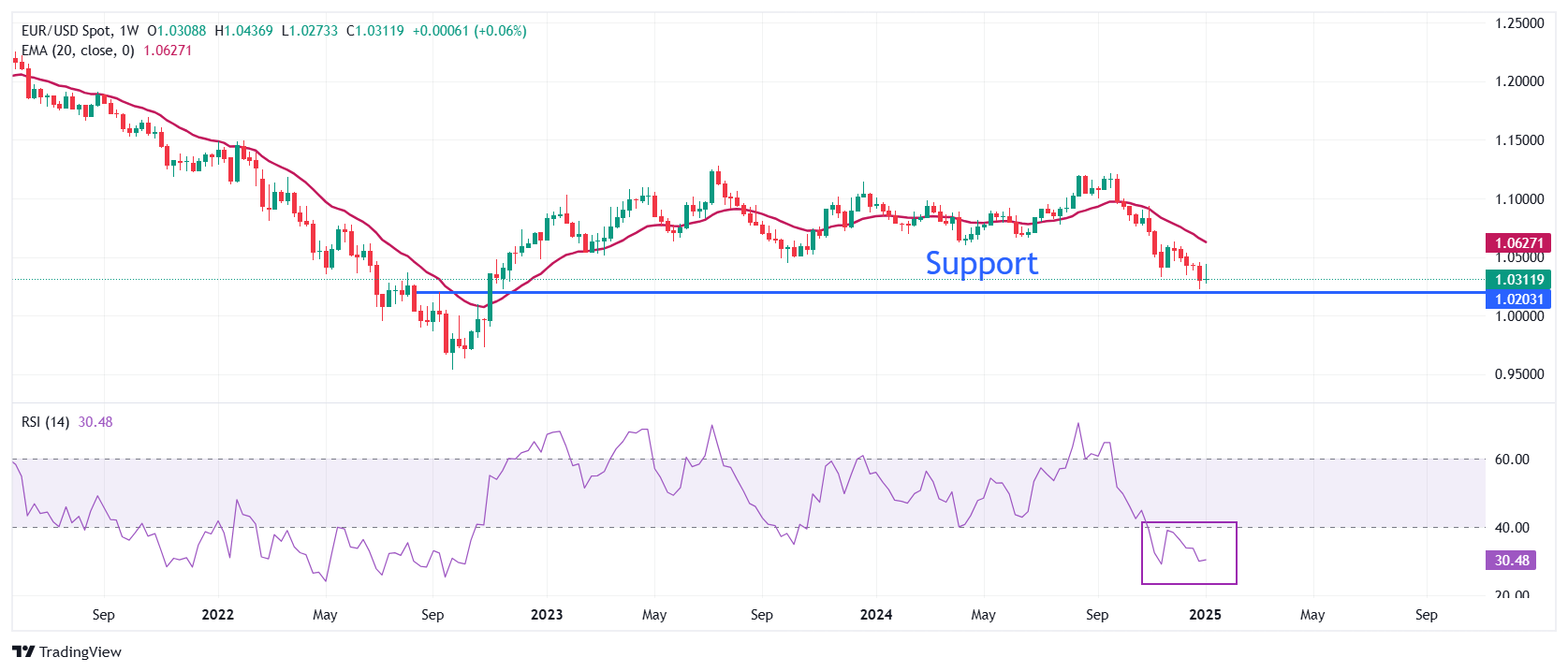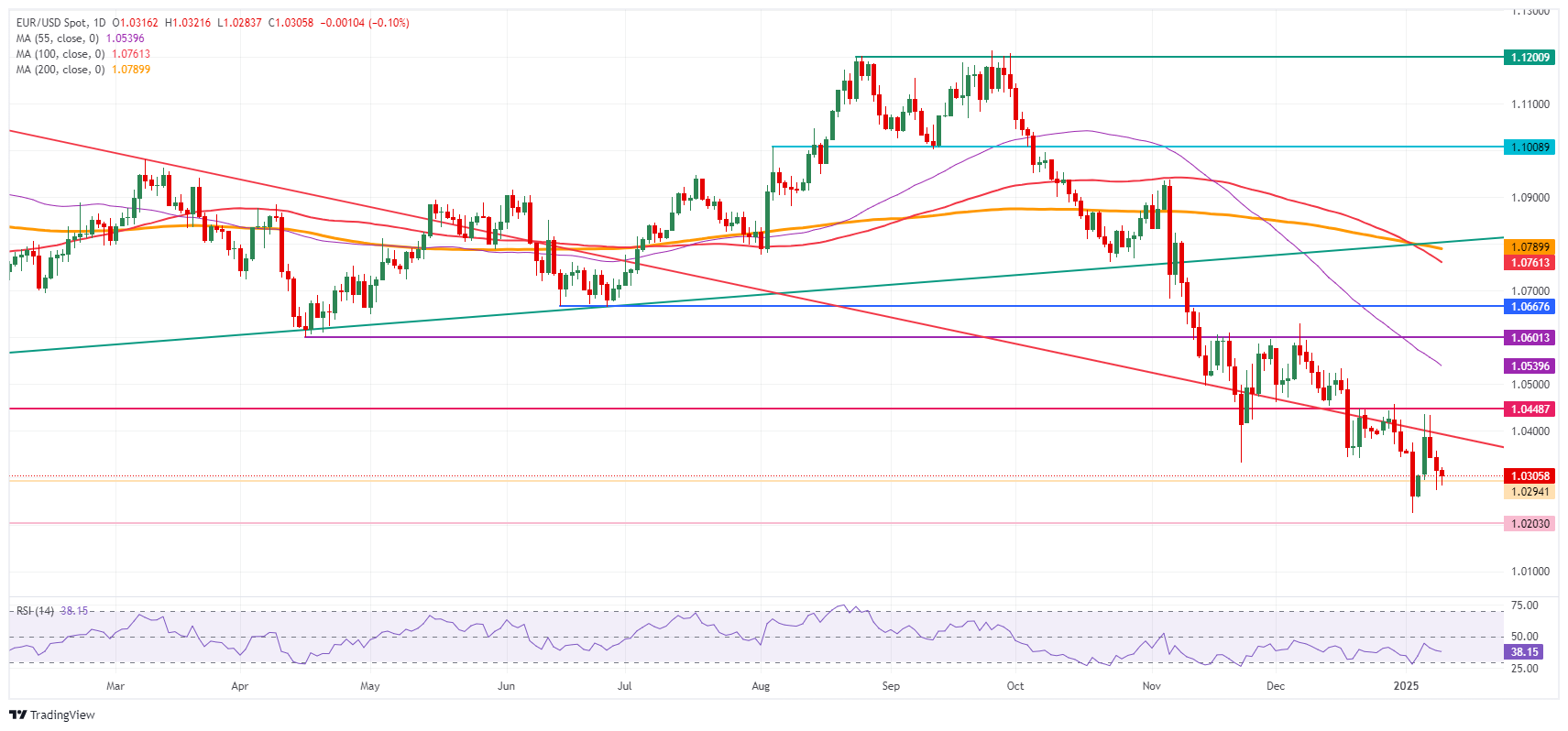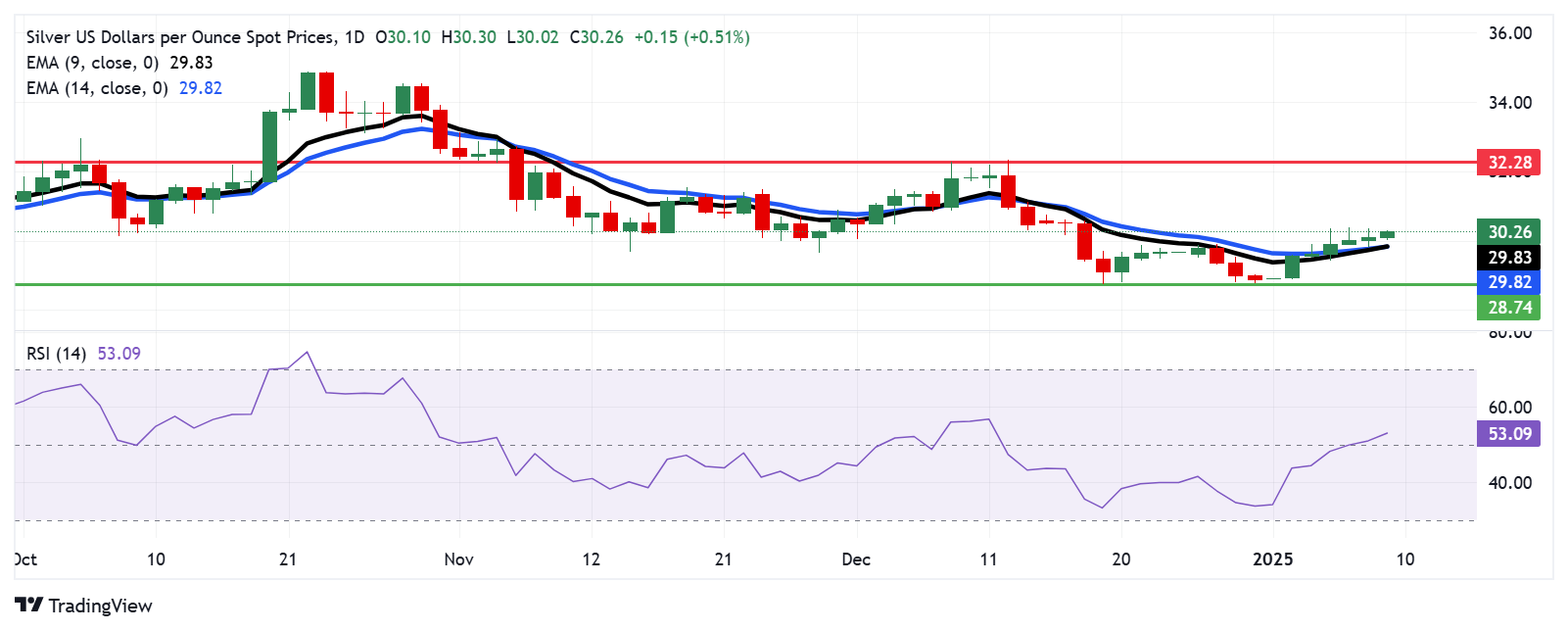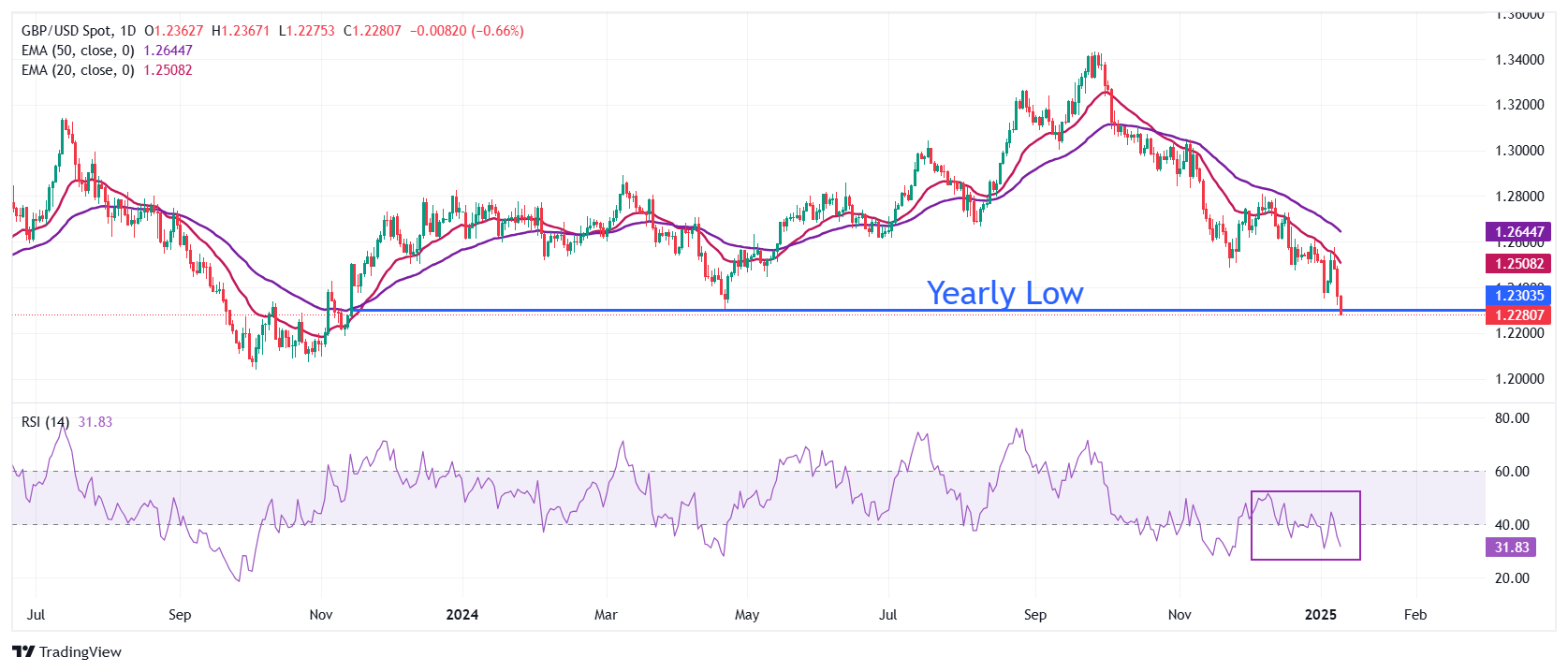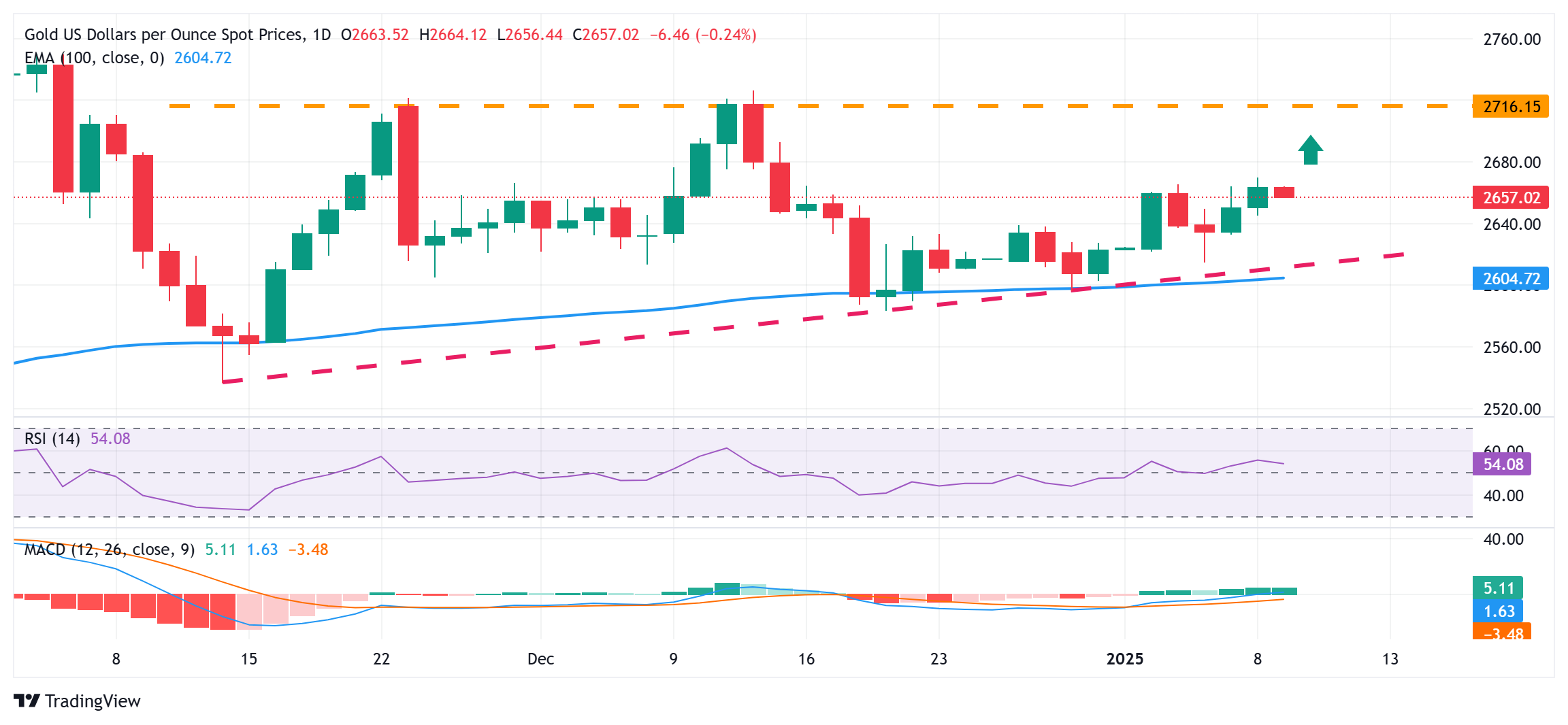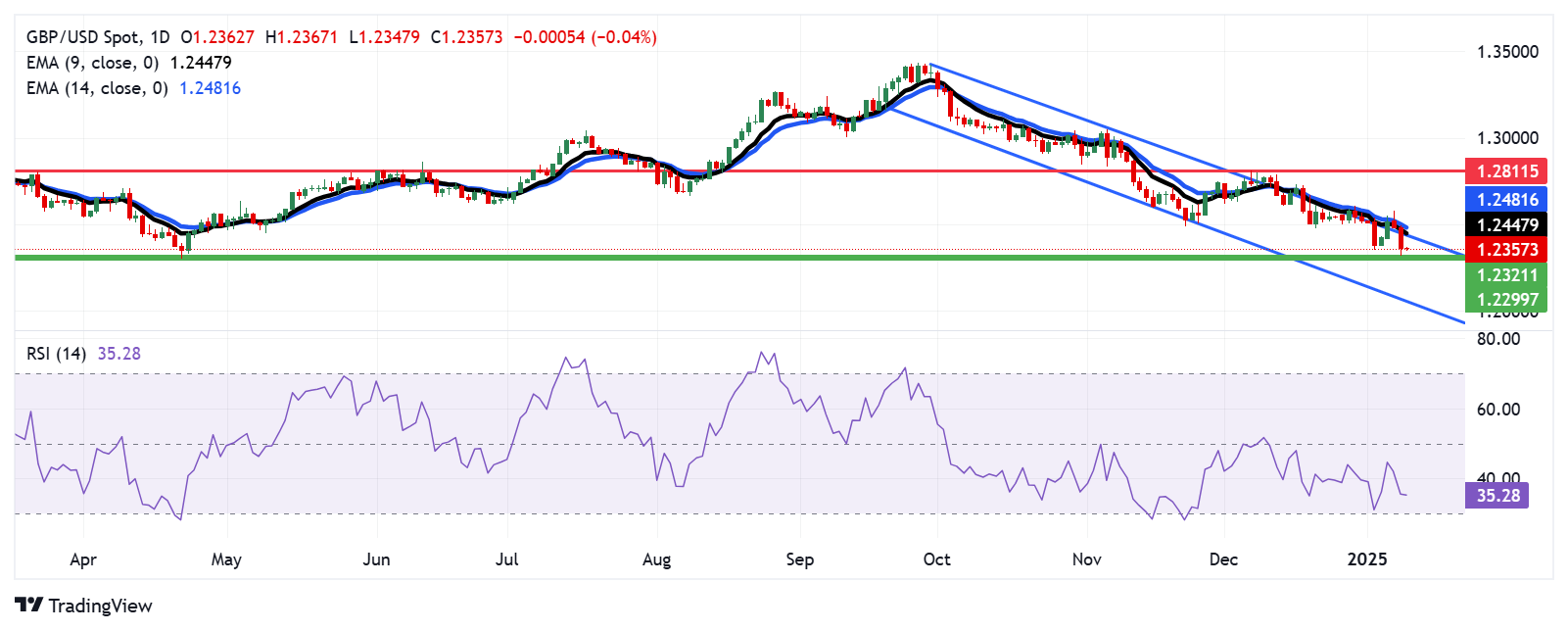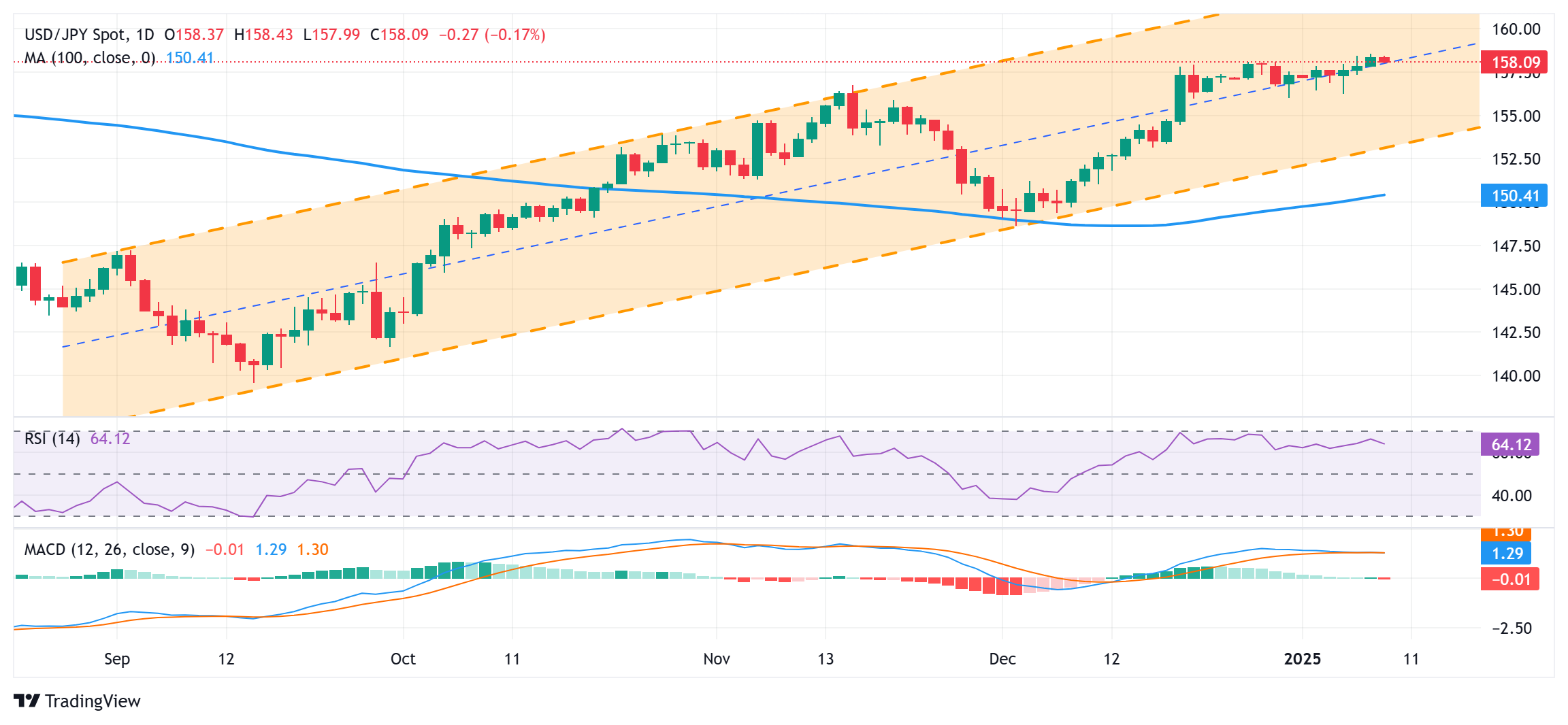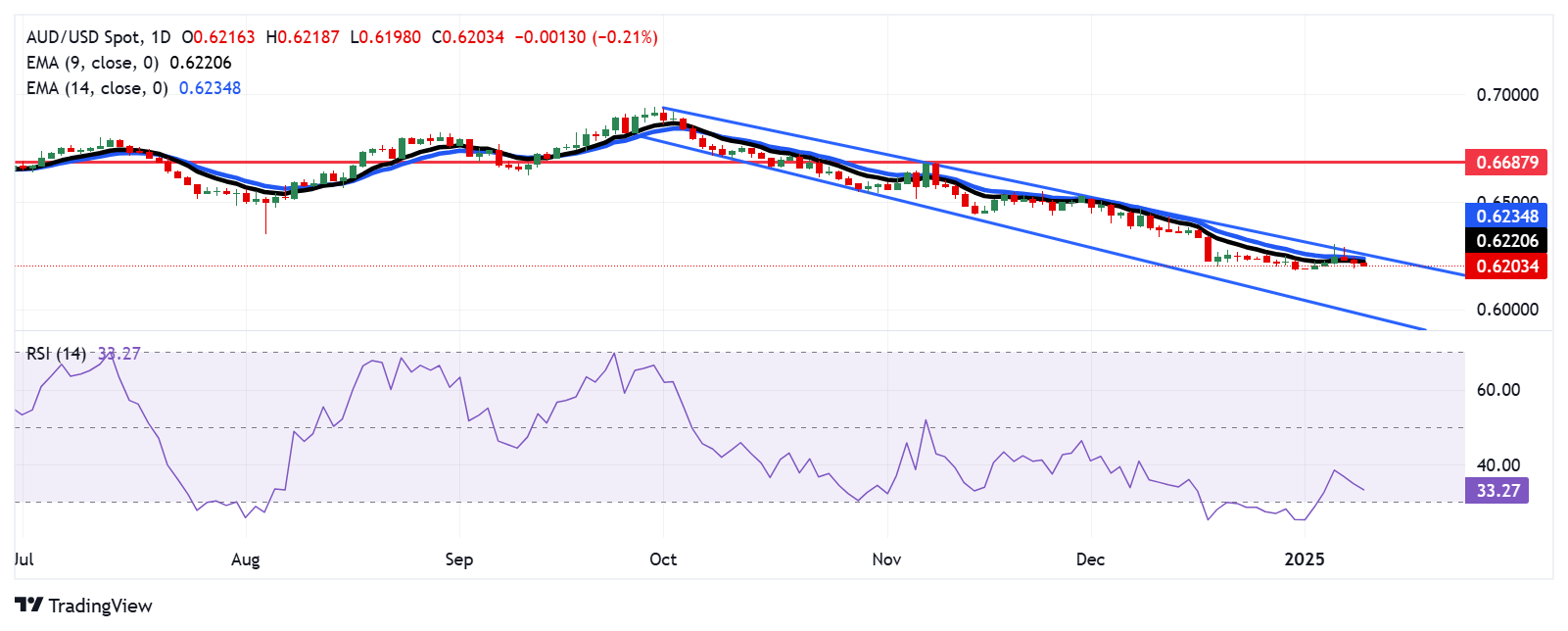- AUD/JPY faces challenges after the release of mixed economic figures from Australia.
- The AUD faces downward pressure as China's Consumer Price Index data highlights increasing deflationary risks.
- The Japanese Yen appreciated as Labor Cash Earnings rose by 3.0% YoY in November, up from a 2.2% prior increase.
AUD/JPY losses ground as the Australian Dollar (AUD) faces challenges against its peers following domestic economic data, along with China's CPI inflation report released on Thursday. The AUD/JPY cross trades around 98.00 during the early European hours.
Earlier this week, Australian data showed a slight increase in headline inflation, rising to 2.3% in November from 2.1%. Meanwhile, core inflation eased to 3.2%, down from 3.5%. These developments follow recent statements from the Reserve Bank of Australia (RBA), which conveyed growing confidence that inflation is on track to sustainably return to its 2-3% target range, potentially paving the way for rate cuts in the months ahead.
Australia's Retail Sales, a key indicator of consumer spending, increased by 0.8% month-on-month in November, up from the 0.5% growth recorded in October (revised from 0.6%). However, the figure fell short of market expectations, which had anticipated a 1.0% rise.
Meanwhile, Australia's trade surplus rose to 7,079 million in November, surpassing the expected 5,750 million and the previous reading of 5,670 million (revised from 5,953 million). Exports increased by 4.8% month-on-month (MoM) in November, up from 3.5% (revised from 3.6%) in October. Imports grew by 1.7% MoM in November, compared to 0% (revised from 0.1%) in the previous month.
The Aussie Dollar faces challenges as China's Consumer Price Index (CPI) data points to growing deflationary risks. The annual inflation increased by 0.1% in December, slightly lower than the 0.2% rise in November, matching market expectations.
On a month-on-month (MoM) basis, CPI inflation remained unchanged at 0% in December, aligning with estimates, following a 0.6% decline in November. Any change in Chinese economic conditions could impact the Australian markets as both nations are close trading partners.
The Japanese Yen (JPY) gained support from robust wage growth data in Japan. Labor Cash Earnings increased by 3.0% year-on-year in November, up from the revised 2.2% rise in October and exceeding market expectations of 2.7%.
However, Real Wages, adjusted for inflation and considered a key measure of consumers' purchasing power, declined by 0.3% year-on-year in November. This follows a 0.4% drop in October, marking the fourth consecutive month of negative real wage growth.
This persistent decline in real wages has cast doubt on the likelihood of potential interest rate hikes by the Bank of Japan (BoJ). Adding to the dovish outlook, consumer sentiment in Japan weakened in December, further tempering expectations for any policy tightening by the BoJ.
